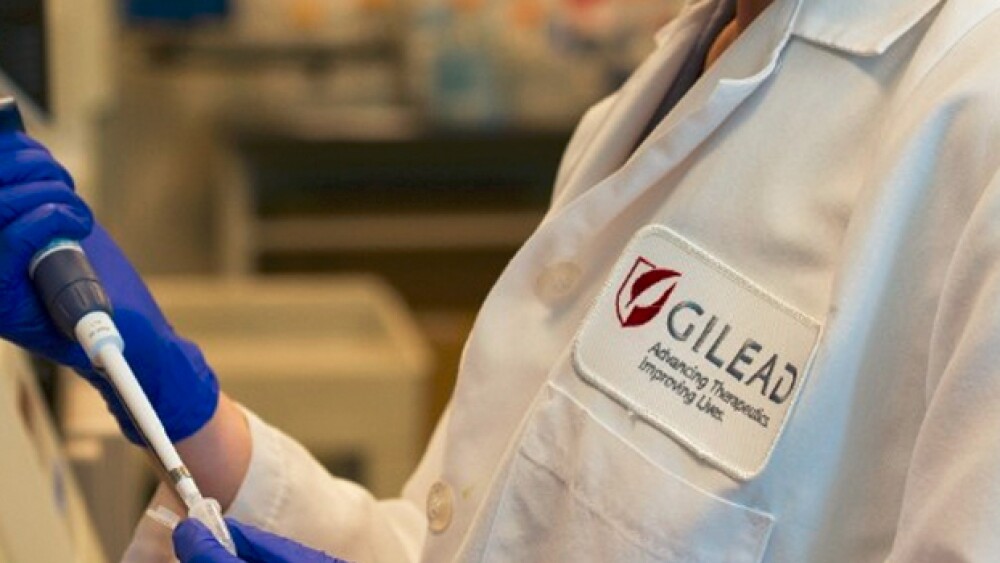Gilead Sciences’ president and chief executive officer, John Milligan, is retiring after 28 years with the company. Gilead is beginning a search for a replacement.
Gilead Sciences’ president and chief executive officer, John Milligan, is retiring after 28 years with the company. Gilead is beginning a search for a replacement.
In addition, Milligan indicated he will leave the company’s board of directors at the same time. John Martin, current chairman, has also announced he will leave the company when a new chief executive officer takes over, citing it as a natural transition point.
The two executives have undoubtedly made their mark on the history of biotechnology. They oversaw the company when it essentially created a cure for hepatitis C, which generated an enormous revenue stream for the company. Unfortunately for the company, but good for patients, that’s temporary as their hepatitis C drugs are so successful there’s a smaller and smaller pool of patients to draw on. The company also dominates the HIV space. Recently, under Milligan’s leadership, the company entered the immuno-oncology space aggressively, acquiring Kite last year.
Geoffrey Porges, an analyst with Porges, wrote in a note to investors, “These announcements come as a surprise to investors given Dr. Milligan’s 28-year career at Gilead and his relatively short two-year stint in the long-awaited CEO position, and no internal successor has been identified. These announcements clearly signal a decision by the company’s board to ‘go in a different direction’ and while we don’t believe the orderly departures suggest any immediate issue, the basis for these changes and their implications are likely to dominate investor conversations about the company several months.”
Porges goes on to express some skepticism about the individual the company may find to replace Milligan, writing, “Investor chatter is likely to switch from ‘what’s Gilead going to buy’ to ‘who’s Gilead going to hire,’ and given the company’s mixed hiring record, the appointee may not necessarily be an individual with immediate industry or investor credibility. Certainly these transitions confirm our view that despite the obvious need for significant new pipeline and product opportunities, Gilead won’t be making any major strategic moves for potentially a year or more.”
That seems like a very pessimistic view of an individual who hasn’t been selected for the job yet. It also seems to contradict a statement made by Martin hinting that expanding the pipeline is still on the table. That may not mean Gilead plans on any mergers or acquisitions by the end of the year, but the possibility remains open of acquiring pipeline products. It will also be interesting to see who replaces Milligan and Martin—the possibility that someone with extensive experience in immuno-oncology or immunology leadership might provide more hints of the company’s strategy going forward.
In a statement, Martin said, “Today, Gilead has the right strategy in place to successfully execute on its mission of improving the lives of people with some of the world’s most serious diseases, led by a robust HIV franchise, an industry-leading cell therapy platform and a late-stage pipeline in NASH and inflammation. Moreover, we have the resources to continue investing in and expanding our strong R&D pipeline, which remains paramount to our success. We are excited about our growth potential, and intend to hire a CEO who will build on the foundation that John Milligan has put in place and execute on our ambitious goals for the future.”
For his part, Milligan suggests he has plans for the future. In a statement, he said, “It has been an honor to work at Gilead for my entire professional career and, now that the company is on solid footing for the future, the board and I have agreed it is a good time to turn the reins over to a new leader. I’m looking forward to a well-deserved break and will then move on to new and different opportunities.”





